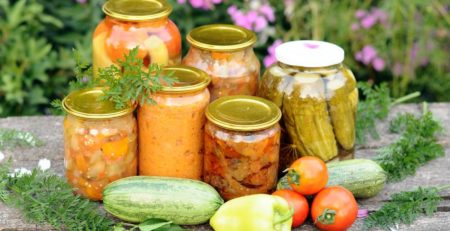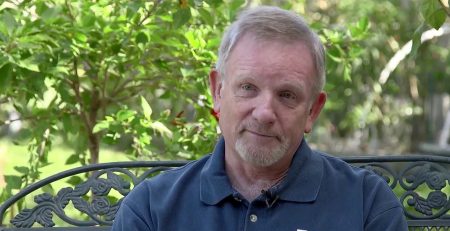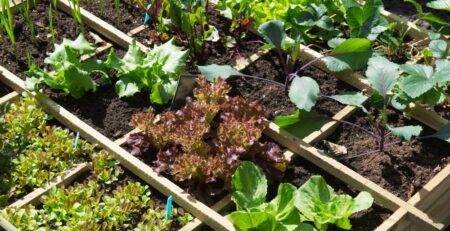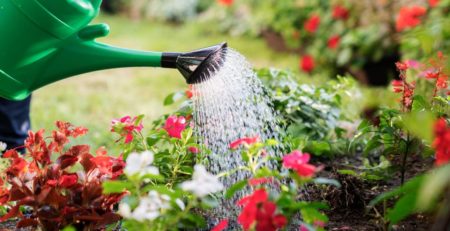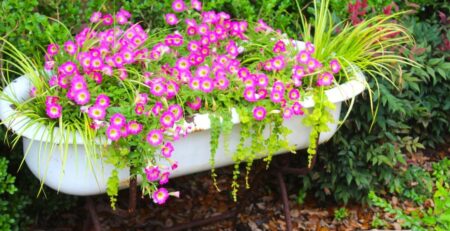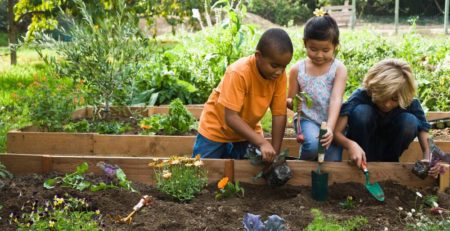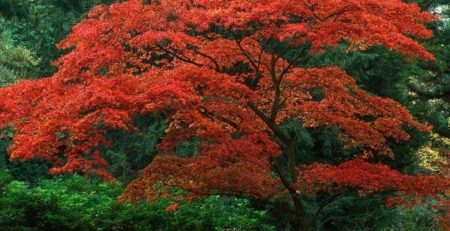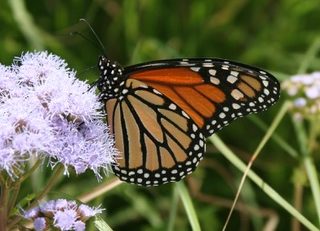Keystone Plants
What can one small suburban yard do to help the environment? Well, quite a lot! We know that native plants in our gardens support wildlife, but research now tells us their impact on our crucial food webs is not equal. Some plants are environmental heavy lifters: these are the keystone plants. Keystone plants are native plants critical to the food web and necessary for many wildlife species to complete their life cycle. Without keystone plants in the landscape, butterflies, native bees, and birds will not thrive. 96% of our terrestrial birds rely on insects supported by keystone plants. National Wildlife Foundation
According to the National Wildlife Federation (NWF), research by entomologist Dr. Doug Tallamy, and his team at the University of Delaware, identified 14% of native plants (the keystones) support 90% of butterfly and moth lepidoptera species. Research by horticulturist Jarrod Fowler has shown that 15% to 60% of North American native bee species are pollen specialists who only eat pollen from 40% of native plants. This research has been compiled by the National Wildlife Foundation into an easily accessible map that divides North America into 10 ecoregions and lists plants in each region that support butterflies and moths as well as plants that support bees.
According to the NWF map, Dallas is in ecoregion 9, described as the Great Plains, where oaks are host plants to a remarkable 253 species of caterpillar! If you are lucky enough to already have that oak growing, look around the base. A keystone plant without a soft-landing space under it will not live up to its potential. Caterpillars begin their lives above ground, but they need access to soft soil or leaf litter to complete their life cycle. Compacted turf blocks that access.
Creating an environmentally rich space around your tree with shrubs, perennials, ground cover, and mulch provides a multi-layered foundation to support a lively community. Such a community, no matter the size, will provide food and homes for insects and birds. Ecoregion 9 covers an immense area, but you can find a list of keystone plants that will enhance an urban lot in Dallas’ own stretch of Blackland Prairie by adding your zip code to NWF’s Native Plant Finder.
Every garden is delightfully different, and not every keystone plant is guaranteed to be a match for you. Some beneficial plants might even surprise you. Many gardeners, for example, would hesitate to add bindweed or snail vine to their yards, but would be cheered to know the insects they support should be doing quite well in our area. Didn’t find one of your favorite natives on the NWF list? That doesn’t mean it isn’t a valuable native; just that it isn’t a keystone plant. It may still be beneficial to birds and listed in the National Audubon Society’s Native Plants Database.
Without a keystone, a Roman arch becomes a pile of rocks. Just like that stone, some plants carry critical environmental weight. If adding an oak tree to your yard is not realistic, maybe this is the year to include just the right sunflower, one that can support 81 species of moths and caterpillars! Adding that plant with superpowers into a layered landscape will make a world of difference to the food web, and we now have tools to find just the keystone plants we need.


